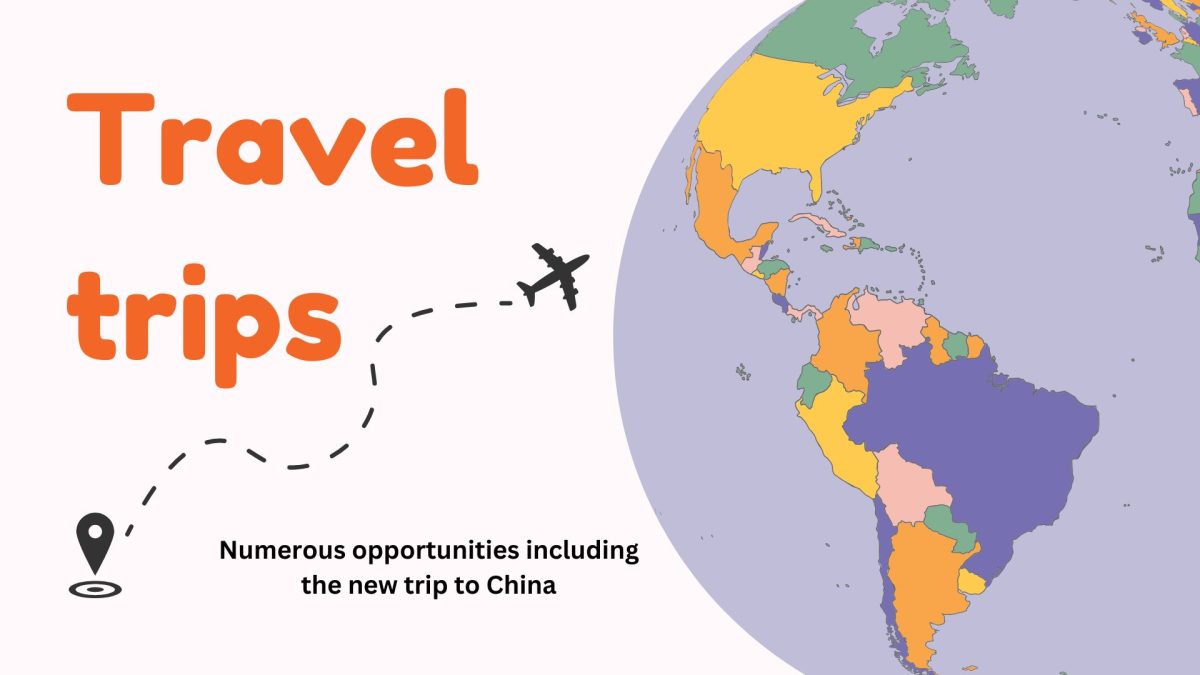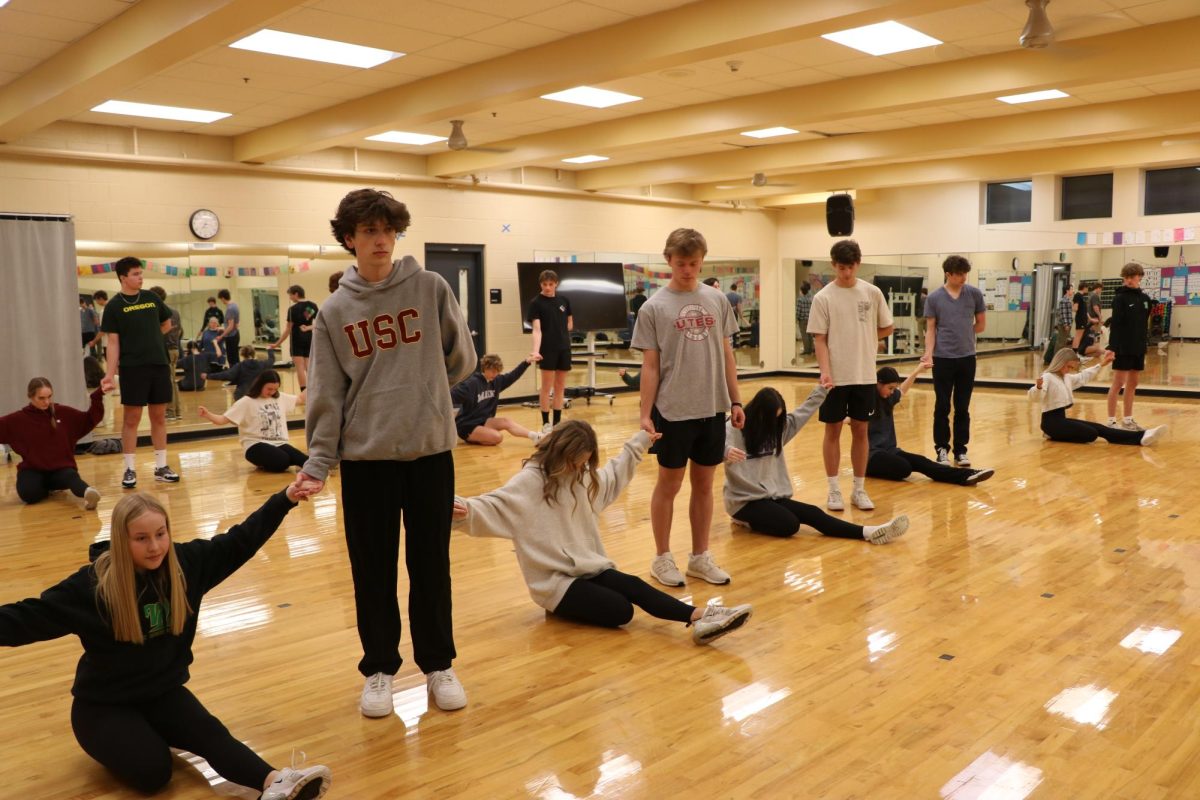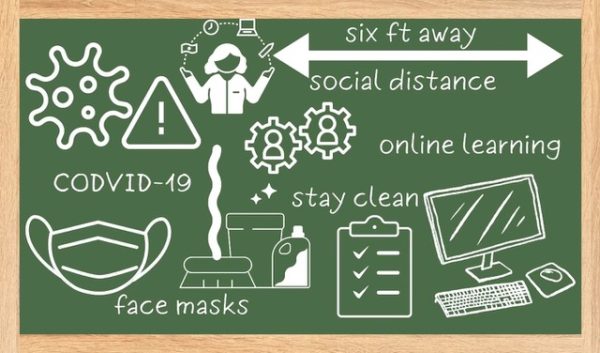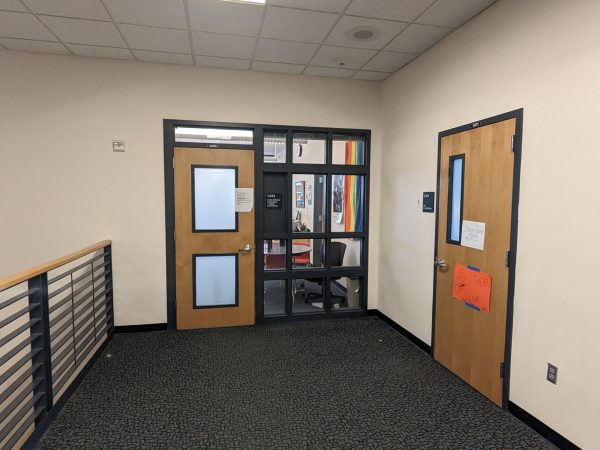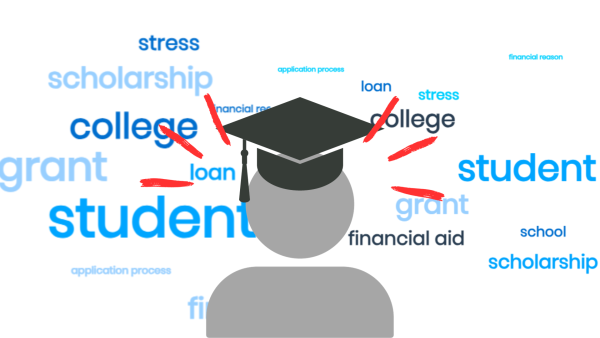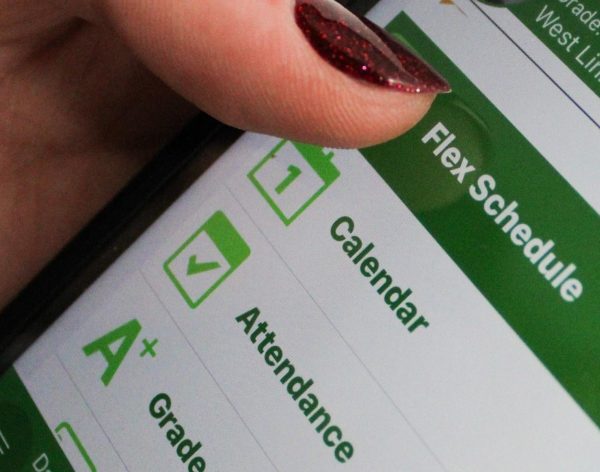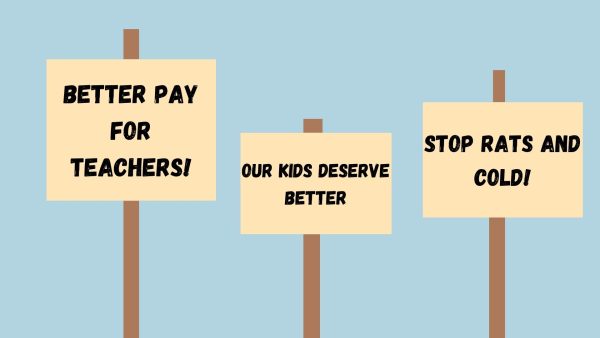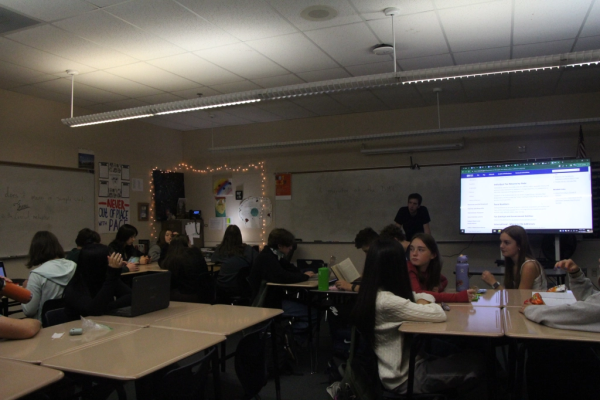Online school just isn’t enough
April 28, 2020
On April 13, the Oregon Department of Education’s plan for distance learning was put into action. Known as “Distance Learning for All,” it requires all students to utilize Google Classroom and other such resources remotely to finish getting their credits for the year. Currently, it’s the best that the state can do to try and make sure students are still getting an education for the rest of the school year, but it’s far from perfect.
For starters, communication between student and teacher is severely crippled. Only things that can be answered in an email can be easily communicated. In classes such as math, which have a heavy focus on numbers, an email just does not do enough to explain a concept to a student who is struggling to understand.
In looking at individual classes, the amount of work students get online is nowhere near the work they’d get in an actual classroom. In an effort not to overwhelm the student, the classwork they are given is substantially less, resulting in it being completed rather quickly. Furthermore, the quality of the work given is also toned down. Teachers can’t give their students something super complicated, because they run the risk of having a lesson that students don’t understand and that they can’t easily explain. These school work issues are not the teachers fault though, as they are simply working with what they have. Rather, it exposes the failures of the online system.
For all levels of schooling, next year will be more difficult. A study done by the NWEA research group reveals the impact of this online schooling plan for K-8: “Preliminary COVID slide estimates suggest students will return in fall 2020 with roughly 70% of the learning gains in reading relative to a typical school year. However, in mathematics, students are likely to show much smaller learning gains, returning with less than 50% of the learning gains.” While this data may not include high school students, it is safe to assume that students will still be affected in similar ways by this online learning program.
For many students in school, grades are another motivating factor. Though this is more of a motivation by fear of failing, it still is motivation. As of April 15 though, all high school students are only going to receive a pass or fail for the second semester. On an initial look, that seems to be a large source of motivation gone for students. Yet, it doesn’t have to be that way. Now would be a good time to look into alternative, more positive motivation through grading. Specifically, more personalized feedback. Teachers, instead of grades, can now give students encouraging feedback on their work, and give them reason to improve by connecting with them personally.
The final issue students are going to face during online school is a lack of motivation, though maybe not as you would expect. When students are going to school, for many their motivation comes from seeing their friends everyday, not the schoolwork. Imagine a world where when you went to school, but had no friends or anyone one to talk to. That in essence is online schooling. That is where the major lack of motivation comes from. But, through apps such as Facetime and Zoom, students are still getting the opportunity to see their friends, it’s just not a component of online school
These issues are just some of the reasons why online school is not going to be good enough for students looking to further their education. But instead of just accepting it, students are going to have to be the ones to step up and take education into their own hands. If your classes are not giving you enough work, supplement it with reading from the textbook or finding online resources. Though it may seem terrible now, students are going to have to put in the effort in their free time and over the summer in order to make sure they can prepare themselves for next year. Even though online school is not ideal, students themselves can help to make it just a bit better.


























![Game, set, and match. Corbin Atchley, sophomore, high fives Sanam Sidhu, freshman, after a rally with other club members. “I just joined [the club],” Sidhu said. “[I heard about it] on Instagram, they always post about it, I’ve been wanting to come. My parents used to play [net sports] too and they taught us, and then I learned from my brother.”](https://wlhsnow.com/wp-content/uploads/2024/03/MG_7715-2-1200x800.jpg)





![The teams prepare to start another play with just a few minutes left in the first half. The Lions were in the lead at halftime with a score of 27-0. At half time, the team went back to the locker rooms. “[We ate] orange slices,” Malos said. “[Then] our team came out and got the win.”](https://wlhsnow.com/wp-content/uploads/2023/10/IMG_2385-1200x800.jpg)





![At the bottom of the third inning, the Lions are still scoreless. Rowe stands at home plate, preparing to bat, while Vandenbrink stands off to the side as the next batter up. Despite having the bases loaded, the team was unable to score any runs. “It’s just the beginning of the season. We’re just going to be playing out best by June, [and] that’s where champions are,” Rowe said.](https://wlhsnow.com/wp-content/uploads/2024/03/IMG_3077-1200x900.jpg)







